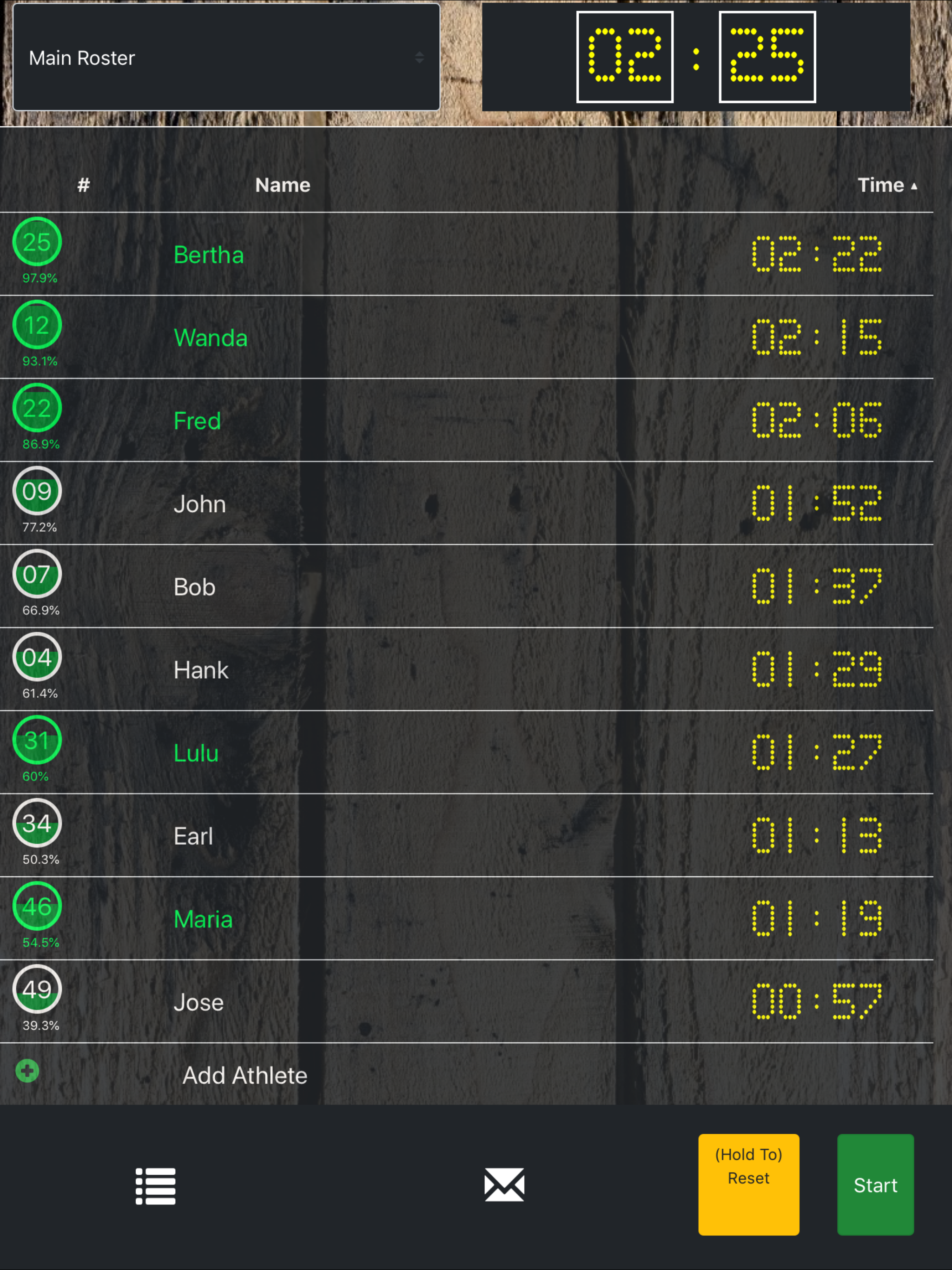

While the use of hand times is good for some situations like conditioning and long sprints, electronic timing is instrumental for seeing true change in athletic speed. Measuring speed isn’t as simple as setting up some cones and using a stopwatch. Challenges With Measuring Speed in Research and Training Times are very important, but how you get to point B from point A is also just as valuable. We always suggest having a video camera and mini cones as backup if the testing is important, and coaches should record video of athletes anyway. Nearly every timing system is reliable but again, as with any technology expect them to fail, sometimes at the worst time imaginable. The speed timing system pictured here was repurposed from security systems that trigger lethal force when an intruder walks by. Image 1: The older and more aggressive brother of sport is war meaning that many of the technologies for athletes trickle down from the military. Some products use double beam systems to ensure that no false (read, faster) measurements are collected, and many of the larger systems have tall tripods so nearly the entire body is measured. Unfortunately, using a beam isn’t perfect for all conditions because a running body may have arms and legs in front of the center of mass, and those few inches will trigger the beam early, thus resulting in some very small accuracy issues. The assumption with timing gates is that, if the beam breaks for a fraction of a second, it means an athlete has passed that exact distance at that moment in time.

A timing gate is simply a pair of tripods placed at specified distances that relay data to a hub or collection device for display or data collection. The majority of timing systems still use technology that is decades old and rely on infrared beams with timing gates. Sport timing systems are about convenience, while track timing systems are about competition timing and not day-to-day operational testing. Remember that the Olympics don’t use any sports testing timing systems at all they still use high-speed camera-based options and sometimes manually capture an athlete’s time from a photo finish. Some of the systems available can do a combine or testing day with large groups of athletes because they use timing gates and RFID sensors to organize who is actually running, but some, like the open source products, are more appropriate for research settings. However, if you are trying to improve speed, in any fashion, testing it frequently requires a system that can time quickly and accurately.Īnother factor to think about is testing versus training, as some products are not great for measuring a lot of athletes quickly and some are horrible for daily use with athletes. If you are focusing on conditioning and strength training and only test speed once a year, it may make sense to leave timing systems alone and simply use a chronometer video product like Dartfish or Kinovea. Surprisingly, some coaches spend enormous amounts of money on equipment that measures everything else besides the most coveted quality in sport-athlete speed-and wonder why they seem to have inconsistent results year after year. This is highly related to the level of athlete you are working with, as well as the sport. When making the decision to invest in timing systems, you should determine how often you plan to actually test speed. For instance, while it’s fine for Tom Brady to run 5.2 seconds at the NFL Combine, no receiver or defensive back will ever be drafted with that type of general speed. On the other hand, linear speed is still a major factor as to whether athletes succeed or not. Timing systems can’t assess every movement, and they are not perfect with validity of speed since many sports have small idiosyncratic parts that make them different than track and field. It doesn’t matter if you are a weight-training-based coach, a team coach, a talent identification professional, or a technique guru-measuring speed matters. Many different options exist with sports timing, and we review the key players in speed testing and training here in this article.īuying a timing system means you value objective feedback and want to see the cause and effect to working with athletes. Measuring how fast an athlete can go from point A to point B is a vital part of evaluating how training programs are performing.


 0 kommentar(er)
0 kommentar(er)
